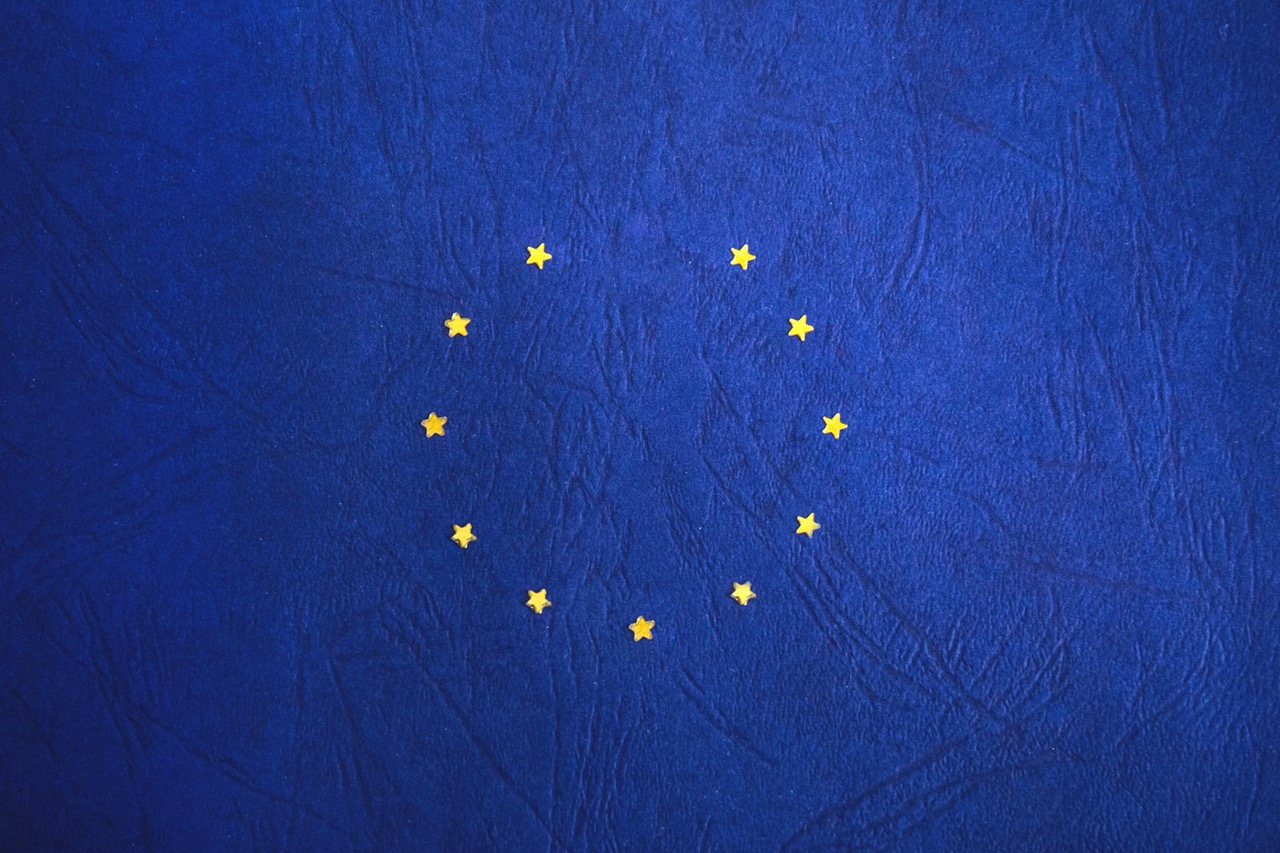
Traditional vs. Digital Media: What’s your Strategy?
“The medium is the message” is a famous phrase introduced by Marshall McLuhan in 1964. In the same year, Olivetti unveiled to the public the first desktop computer.
In 2017, the era of content marketing and intelligent apps, we probably don’t need to resort to McLuhan to argue that the choice between a traditional and a digital medium will affect and even change the message at the core of your campaign, as well as the campaign planning and implementation.
Up-front Media Planning vs. Outcome-based Planning
First of all, integrating digital marketing into traditional advertising planning requires a shift of focus from up-front traditional planning to outcome-based, performance-driven planning. Unlike traditional media, with most digital advertising platforms your message and your end goal will determine the type of ads you decide to use, chosen among the range of ad formats offered by each digital platform. For example, if you decide that your end goal is to get leads, you might decide to use Facebook and Twitter lead generation cards; these type of ads make it easy for people to express interest in what your business offers, by seamlessly and securely share their email address without leaving the Social Media channel 1. Or you can decide that your goal is to get users to install your app at a target cost-per-install, so you will use app install ads.
In the past decade, many industries, including healthcare and non-profit that previously relied on traditional marketing, have been combining the benefits of traditional advertising with those of digital marketing, and finding new ways to blend them together. In most cases, the decision is driven by the answer to two simple questions: “what is my end goal?” and “who is my target audience?”
New digital media enable you to plan your campaign with your endpoint in mind, your objective. The planning goes backward: your goal determines the media you are going to use.
Outbound vs. Inbound
The focus has also shifted from outbound marketing to inbound marketing. Once again, it’s natural in traditional media to reach out to a generally broad, public to draw people’s attention to your product or service. With digital media, it enables consumers to proactively seek out for your products or company and come to your digital marketing channels willingly.
This is why just having a website will not drive traffic to it, and it can’t be your only digital strategy. Users need to be able to find your website, and you need to make sure your products and services are there when someone is looking for them. In your digital strategy, you also need to consider at least some of the following:
Search Engine Optimization: does your website appear on Google’s first few pages when someone is searching for your products and services?
Pay per click advertising: the question is the same as above, but you can give your website a “boost” by “buying keywords” to appear on search engines for relevant searches.
Social Media Marketing: LinkedIn, Facebook, Twitter, Snapchat… find where your customers are and be there too.
Email marketing: Email is underrated and it’s one of the most effective tactics for businesses and also one of the best ways to build an exclusive relationship with your customers 2
One-way vs. Two-ways Communication
Not all industries are comfortable dealing with the type of direct communication now available on social media. If you enable your customers to talk to you, you need to be there to respond.
Nonetheless, none of the traditional media offers such an advantageous feature. According to HubSpot, social media produce almost double the marketing leads of traditional outbound methods 3
Social media can be used to build personalization, trust, and authority; they allow you to make announcement about your business in real time; they replace the very first and always powerful form of marketing that is word of mouth. From global to local, Social Media are becoming the new word of mouth.
Post Campaign Analysis vs. Ongoing Campaign Optimization
Traditional marketing relies on post campaign analysis to assess the campaign’s performance and plan the next campaign4. With digital ads, data is available at any time, thus enabling you to make real-time changes to your campaign while it’s still ongoing in order to recalibrate its performance towards your goals.
Programmatic solutions like real-time-bidding can be considered the most advanced form of real-time optimization; it is the automated expression of a new process where “multi sourced data signals inform targeting and optimization decisions” 5. In most cases you don’t buy selected placements in online publications anymore – like you would do with traditional media and even with traditional online banner ads – but instead you can buy an audience and the algorithm chooses, buys and exchanges placements for you to show to your selected audience.
If the border between medium and message has already vanished, digital technologies seem to be eroding the boundary between media and us.

Online Targeting Options for Pharma
Most of the people who surf the web and are naturally exposed to online advertising, sooner or later ask themselves: “How do they know?”. How do they know I like sunbeds and pancakes, how do they know I am travelling to Africa next month, how do they know I just liked that page? Well, they know.

Rehabcare's Exploratory Garden for Children
A garden consisting of tunnels, pathways, grassy mounds, hidden spaces, and tall coloured poles dotted. This is not the latest Disney amusement park, but a project currently undertaken by RehabCare's Childern's Respite Service in Navan. The centre is a residential respite service for children within the Meath area with disabilities and or on the Autism Spectrum.

What were the threats faced by pharma after Brexit and where do we stand now?
Despite the challenges faced on many fronts, we believe that Brexit presents significant potential opportunities for pharma and healthcare industries based in Ireland, for a number of reasons.